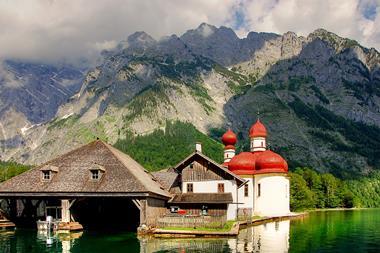The European Commission should be finding ways to stimulate demand for long-term investments rather than simply remove barriers to long-term investment by pension funds, according to Finnish pension fund alliance TELA.
Reacting to the recent publication of the IORP II Directive, Ilkka Geitlin, legal counsel at the association, said: “I find it disturbing that the Commission is publishing and preparing multiple initiatives to encourage long-term funding and investments, [yet] little or no attention has been paid to analyse or collect data on possible demand.”
TELA represents providers of Finland’s statutory earnings-related pension insurance.
Publishing the revised European prudential framework for pension funds last week, internal market commissioner Michel Barnier said the proposals would further develop occupational pension funds as key long-term investors.
The commission said the new framework would try to do away with national investment rules seen as a barrier to financing growth in the real economy.
It said it would make sure occupational pension funds remained free to invest in infrastructure and unrated loans, making sure long-term investments were not restricted if that restriction was not justified on prudential grounds.
“When looking at the amount of institutional, HNWI and savings assets in Europe, lack of funds is not a concern in the EU area but lack of demand and lack of targeted incentives to engage in long term projects,” Geitlin said.
As an example of how governments could stimulate such demand, he cited a temporary subsidy on the interest costs of project financing that was put in place by the Finnish government in 2009.
This measure was highly effective because it targeted for right demand, Geitlin said.
“Thus, the commission should consider, for example, funds covering a proportion of loan collateral or guarantees for SME bank loans,” he said.
On the infrastructure side, there would be considerable demand over the next 10 years or more for renovation projects on communal and housing infrastructure in Europe, much of which was built in the 1950s and 1960s, he said.
“However, these type of issues have not been mentioned in any commission papers,” he said.
“In another words, the Commission should concentrate on looking out of the window.”













No comments yet